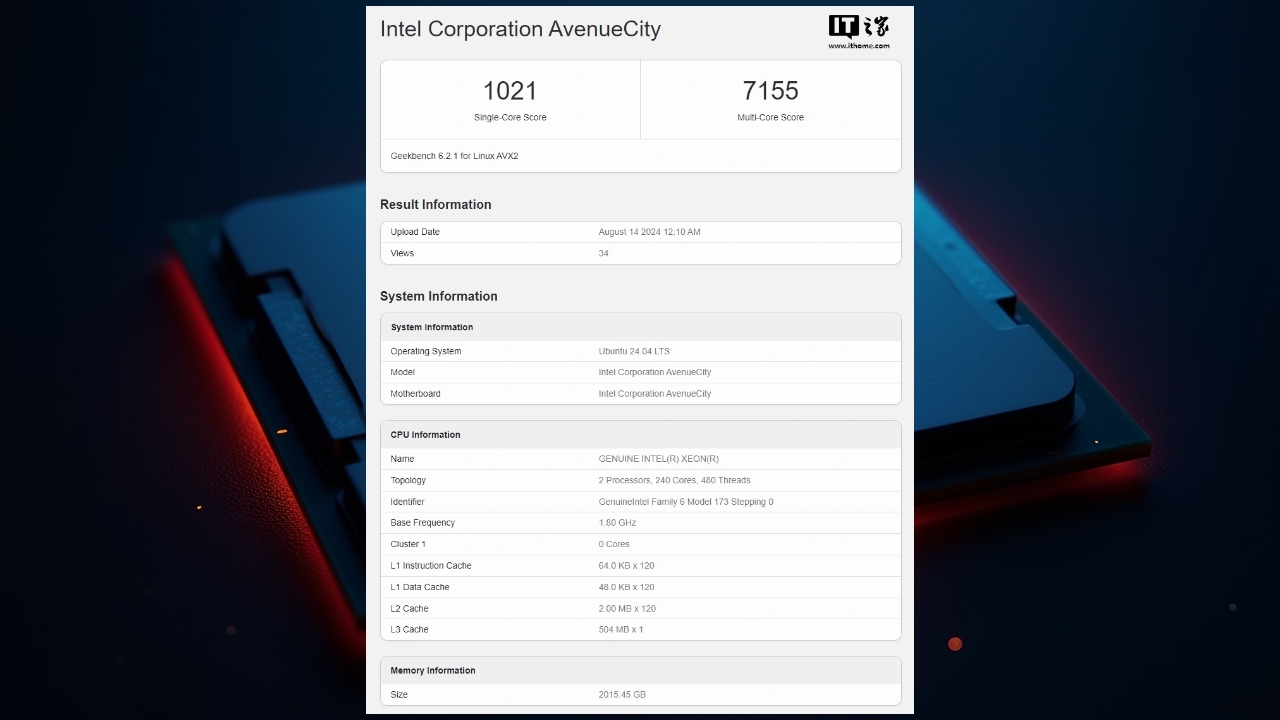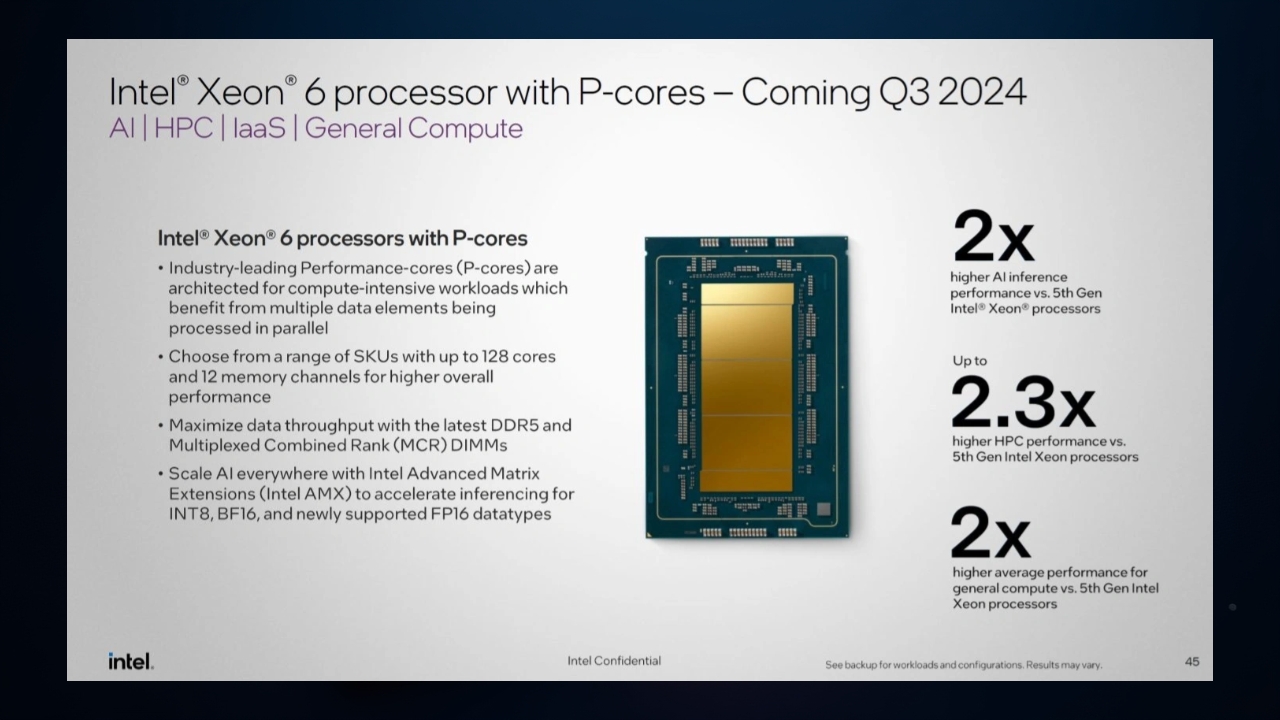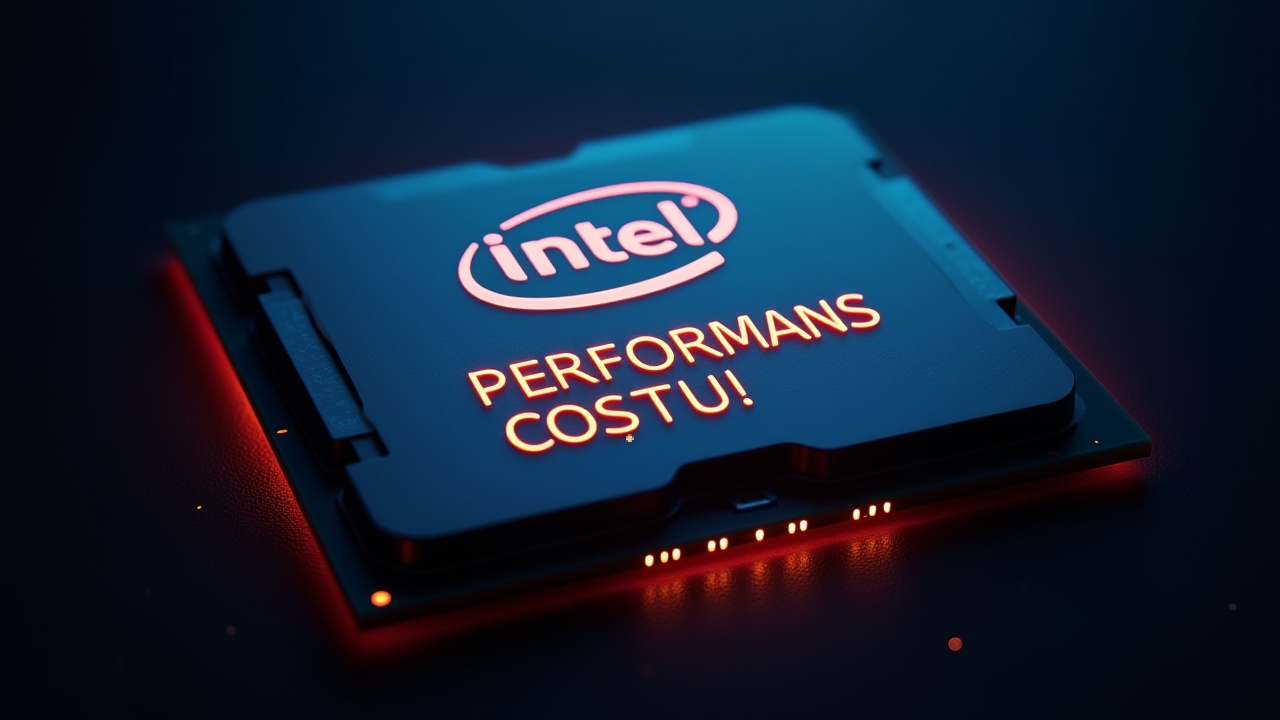Intel has once again raised the bar in the server and data center world. The new Intel Xeon 6900P “Granite Rapids” processor made its debut on Geekbench, and its performance has surprised many. If you’re someone who believes in “more cores, more power,” this news is for you. This chip not only delivers powerful performance but also emerges as a significant player for the future of data centers. Here are the details…
Intel’s Power Unleashed! Xeon 6900P Granite Rapids CPU Appears in Geekbench Performance Test for the First Time
At first glance, it may sound overwhelming, but this beast offers a total of 240 cores and 480 threads. This is achieved by combining two Xeon 6900P processors, with each chip containing 120 performance cores, resulting in an impressive core count.

This represents unprecedented parallel processing power, especially for high-density data processing, artificial intelligence, machine learning, and large-scale scientific simulations, providing a substantial performance boost. The Intel Xeon 6900P stands out not only for its core count but also for its memory capacity and cache.
This chip comes equipped with 240 MB of L2 cache and 504 MB of L3 cache, totaling 744 MB of cache. The memory capacity also exceeds expectations, as it was tested with 2TB of RAM on the platform. This ensures that you can handle massive data sets without any slowdown.
Of course, we want to see all this hardware power in numbers. According to Geekbench 6.2.1 AVX2 test results, the Xeon 6900P scored 1021 in single-core performance and 7155 in multi-core performance. This is an impressive result for a chip that is not yet in its final production version. Intel aims to deliver even higher performance in the final release, meaning the best is yet to come.

The Granite Rapids series of Xeon 6900P processors are part of Intel’s latest server-focused CPU lineup, which also includes versions with 128 cores and 256 threads. Additionally, these chips feature 504 MB of L3 cache and 256 MB of L2 cache. Granite Rapids represents a significant leap forward compared to previous generations, such as Emerald Rapids and Sapphire Rapids, with a 57.5% increase in L3 cache.
What do you think? How could such a high number of cores and cache lead to innovations in the professional world? Feel free to share your thoughts in the comments section below.














